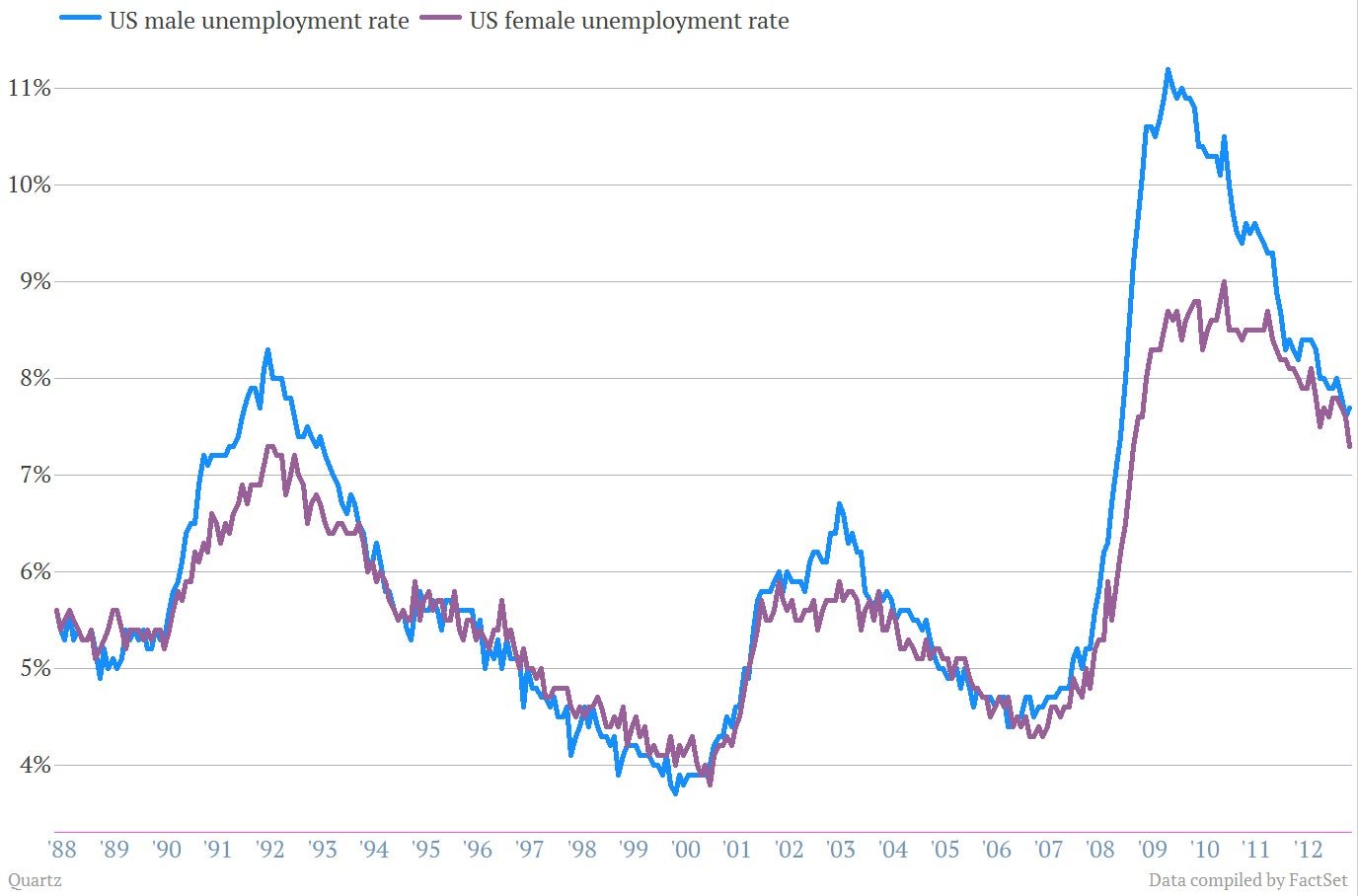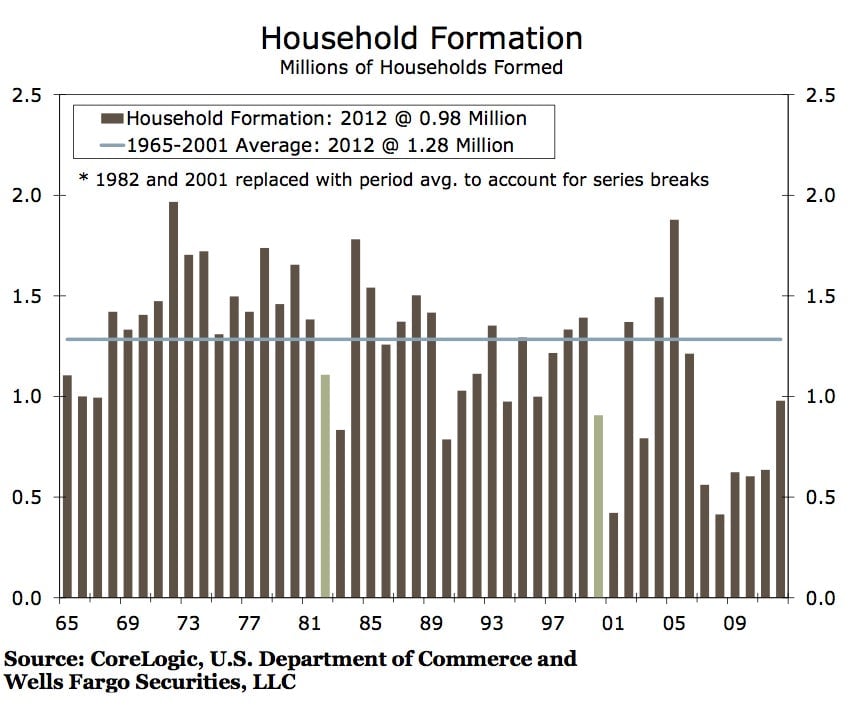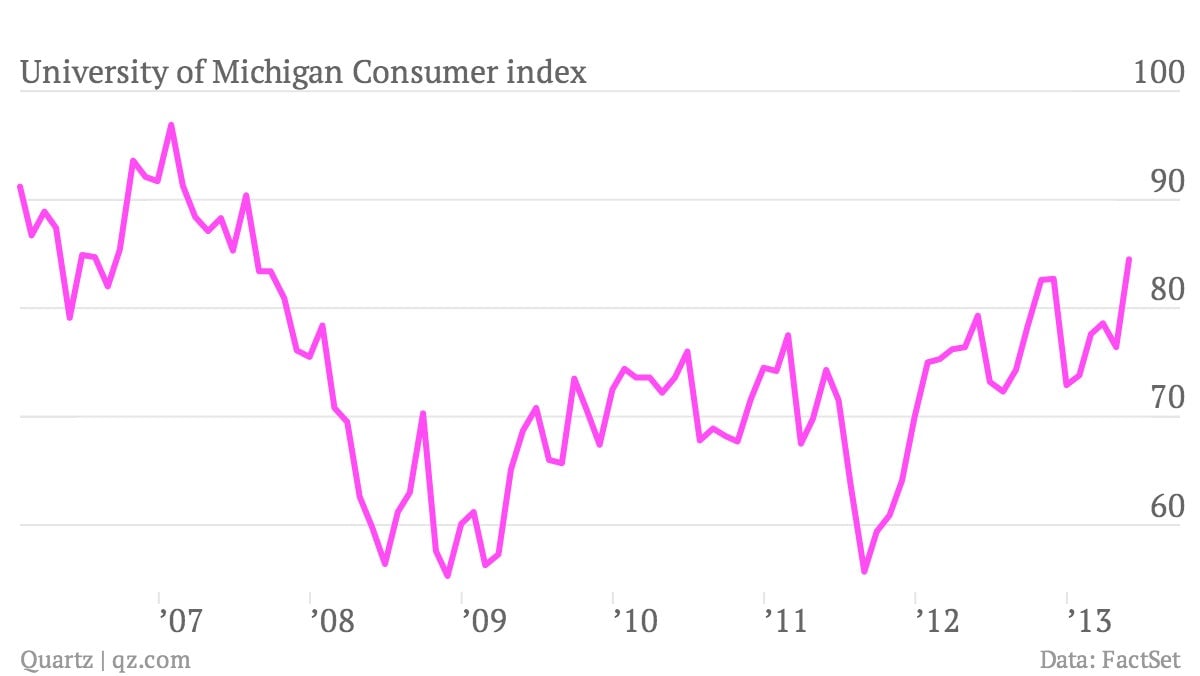Diaper-maker: We’ve seen the US baby bottom
Let’s face it, since the recession hit, Americans have lost their baby-making mojo.


Let’s face it, since the recession hit, Americans have lost their baby-making mojo.

Why? Plenty of reasons. But primarily the economy, via immigration. During and after the recession, birth rates fell sharpest among foreign-born women, where they tumbled 14%. Among Mexican immigrant women, the decline was even more vertiginous, dropping 23%, according to Pew Research Center.

This matters. Eggheads around the world spend a lot of time trying to figure out the formula for sustainable economic growth. And while they can’t quite figure out the recipe, there’s one ingredient that’s pretty obvious: fresh people. Weak demographics are a key reason why affluent nations such as Japan and Italy have struggled to generate growth, just like surging populations are part of the reason everyone’s excited about opportunities in emerging markets. If US economic growth is going to start gaining momentum, babies are going to play a role. So how do you know when baby production will be set to pick up?
Well, you could listen to commentary from the executives at personal and consumer goods company Kimberly-Clark. It ain’t sexy. (The 140-year old company is best known for making Kleenex.) But Kimberly-Clark’s other products span the broad, poo-flecked circle of life, starting with its Huggies brand of diapers and rolling right on through to its Depend brand of, well, diapers.
So, knowing how many people are coming into the world, and how many are likely to wear Depends on their way out of it, is crucial. In a chat with analysts Thursday, Thomas Falk, Kimberly-Clark’s CEO, when asked about the prospects for its North American diaper business, starting talking about birthrates:
The birth rate appears to have stabilized at this point. It hasn’t turned positive yet. And then obviously it will take some time for that to fully flush through the categories. Because you really had, since 2009, probably an 8% to 9% decline in the absolute number of annual live births in the U.S. And so, as that flows through the training pant category and other parts of the business, you see that in the larger size diapers and training pant category. And so, the category is probably still going to be down 1% or so this year, but then should start to flatten out in 2014. And we keep calling that, and it keeps sliding out a little farther, but we think that the birth rate has bottomed out at this point in time.
Back in 2012, Falk offered analysts these thoughts on the best leading indicators for births: “Probably the three big factors we’re tracking now to be a better predictor of birth rate are male unemployment, household formation and consumer confidence.”
So how do these look? Well, male unemployment, which peaked at 11.2% in October 2009, is down to 7.7%. That’s not great, but moving in the right direction. Here’s a look at the rates for both US men and women.

Household formation is showing the same general thing, improvement, but not back to normal.

And as we’ve already mentioned to you, consumer confidence seems to be picking up increasing steam, with the University of Michigan consumer sentiment index out today showing consumers feeling better than they have since July 2008. And that might mean more Americans are going to start picking up Huggies or other diapers over the next few years.
